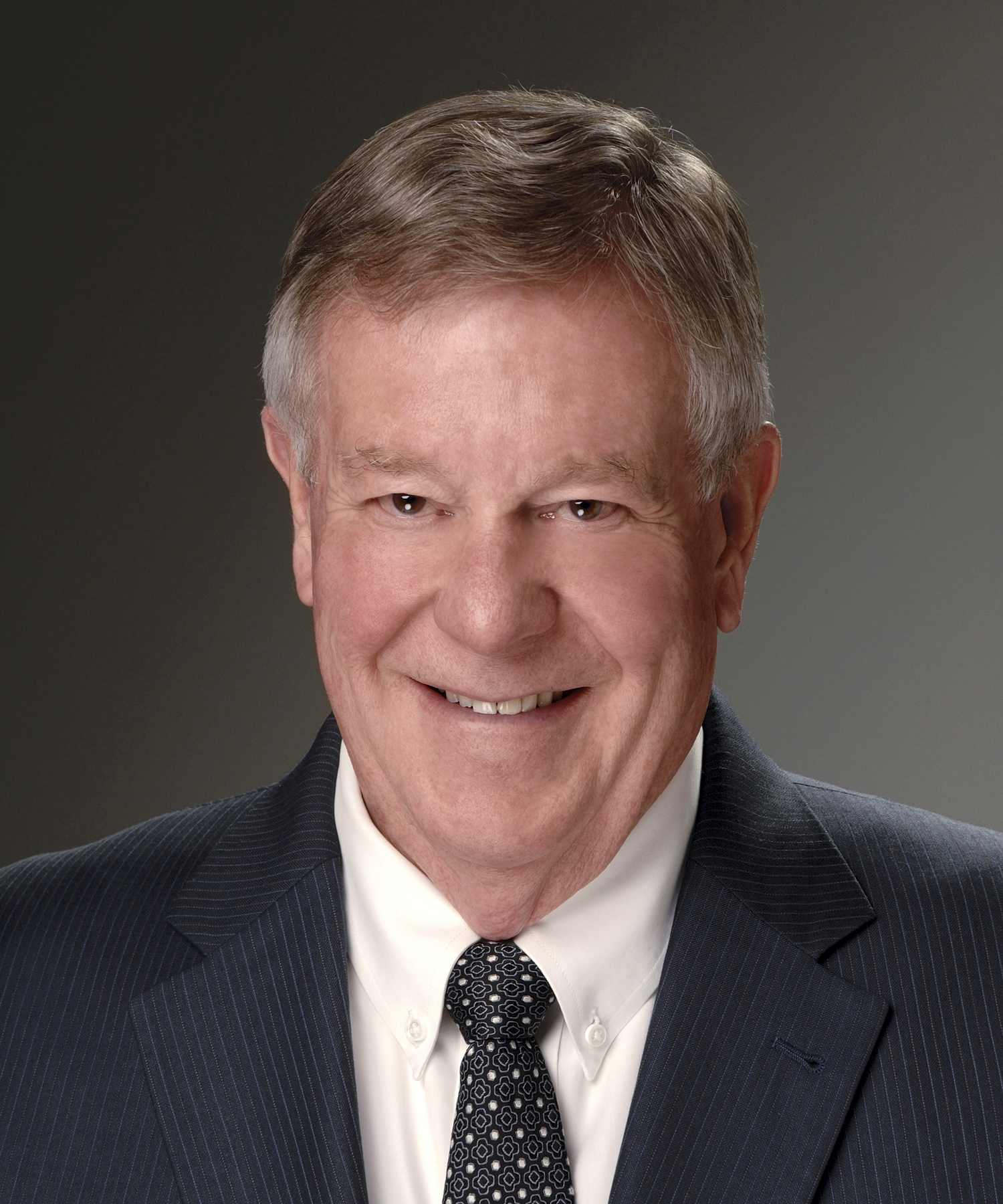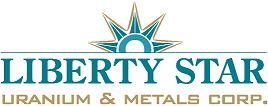

From CEO James A. Briscoe: Update on the Hay Mountain Project
June 18, 2016
This is an exciting time for Liberty Star. I am ready, our field manager, Jay Crawford, is ready, the drillers are on standby and the necessary paperwork is in hand. We want to get to Hay Mountain Drill Target One ASAP.
As we have stated in numerous public reports, the data from geochem, geophysics and fieldwork with x-ray fluorescence for the Hay Mountain Project has been gathered and analyzed by me and other geosciences experts. I want to summarize and explain in simple terms what we have found and have reported previously:
- A viable target is indicated by our multiple geoscientific studies from the air and on the ground. This has been verified by independent geoscientists and follows the Lowell–Guilbert porphyry copper model.
- The presence of silicification and brecciated (broken) silicified limestone with leached capping, as well as breccia pipes with fluidized rounded clasts (fragments), characteristic of all porphyry coppers, but were unknown to the area prior to our fieldwork in the fall of 2015. These outcrops are occurring in the main porphyry copper alteration zone mapped according to the geochemical and geophysical studies.
- As recently as October/November 2015, field work with an x-ray fluorescence instrument (Niton XL3t Goldd+ XRF Analyzer from Thermo Fisher Scientific) has found high grade pods of copper oxide (malachite) emanating from oxidized chalcopyrite (“Recent Field Work at Hay Mtn Project,” 09/24/2015), which is the normal copper sulfide mineral in porphyry copper bodies in this region over the area where previously derived geochemical highs exist. Such surface covers about two linear miles where there is outcrop.
- We believe this disseminated copper is actually the top of the porphyry copper mineral body as detected by geochem and geophysics – and the geophysics trace it downward to approximately 6,000 feet below the current surface. We interpret it is the low-grade upper part of our target that is outcropping.
- Gold – Because the Lowell-Guilbert porphyry copper model was tested and verified on numerous porphyry copper deposits throughout the world, we know the center metals of the model and our terrain under study include iron (magnetite), potassium (as potassium feldspar) gold, and moly. Other disseminated metal rings form around the center. The following must be tested to be confirmed:
- We see the moly, lead and gold geochem values in vegetation at the porphyry center. It is possible the gold in the center could be occurring at the surface either as submicron (Carlin-style) or finely disseminated, but not submicron.
- Thus, gold could be minable at and/or near the surface and processed by heap leaching or other standard processes.
Because this is a hypothesis, it needs to be tested by drilling and sampling. This will be done, at least in part, by our planned drilling program. We have not yet ascertained whether the Hay Mountain land package possesses commercially viable deposits of copper, molybdenum, gold, silver, lead, zinc, manganese and other metals including rare earth elements, uranium and thorium but data to date suggests it does. We have not identified any ore reserves to date. We have no way of finding out any of this without drilling.
James A. Briscoe, Professional Geologist, AZ CA
CEO/Chief Geologist
Liberty Star Uranium & Metals Corp.
LBSR: OTCBB LBSR: OTCPK
www.libertystaruranium.com
RISK FACTORS FOR OUR COMPANY ARE SET OUT IN OUR 10-K AND OTHER PERIODIC FILINGS FILED WITH THE SEC ON EDGAR.
